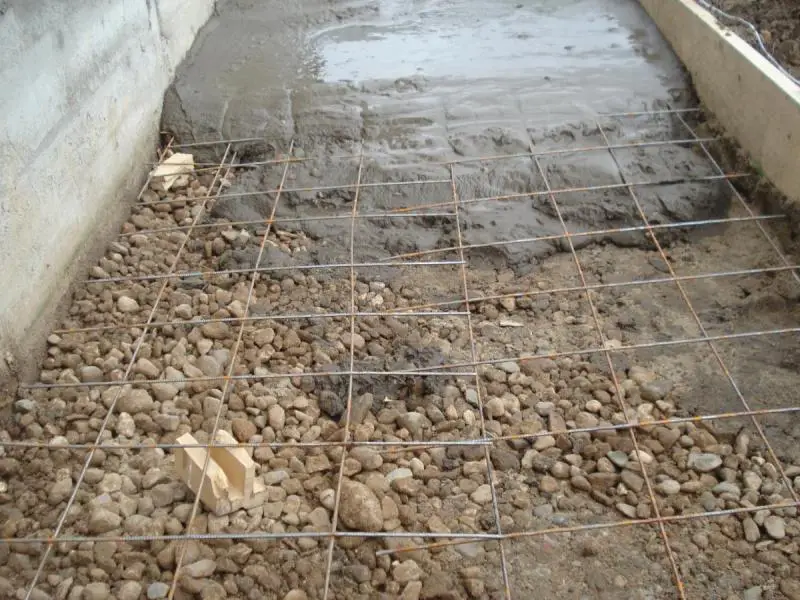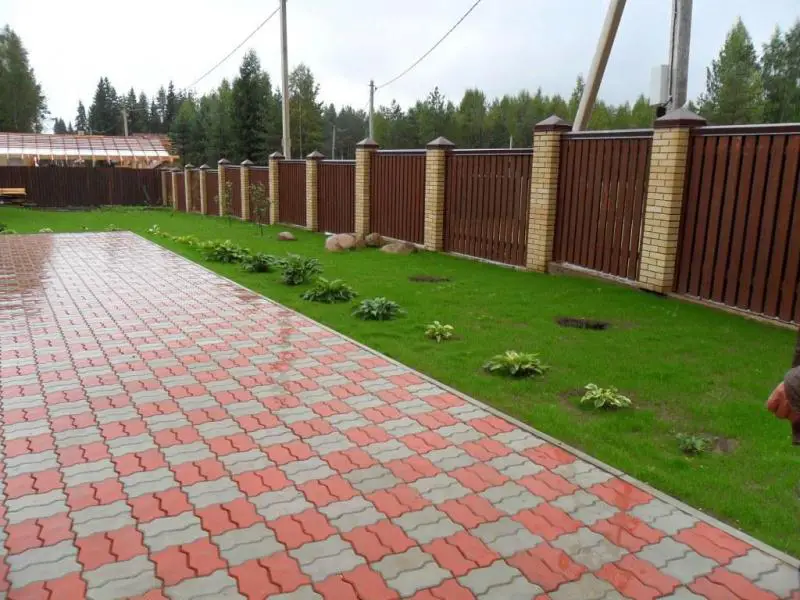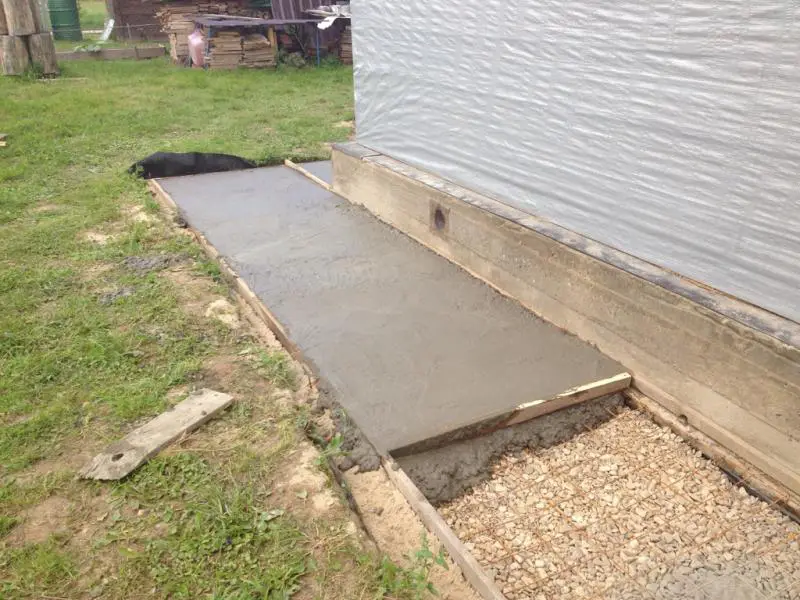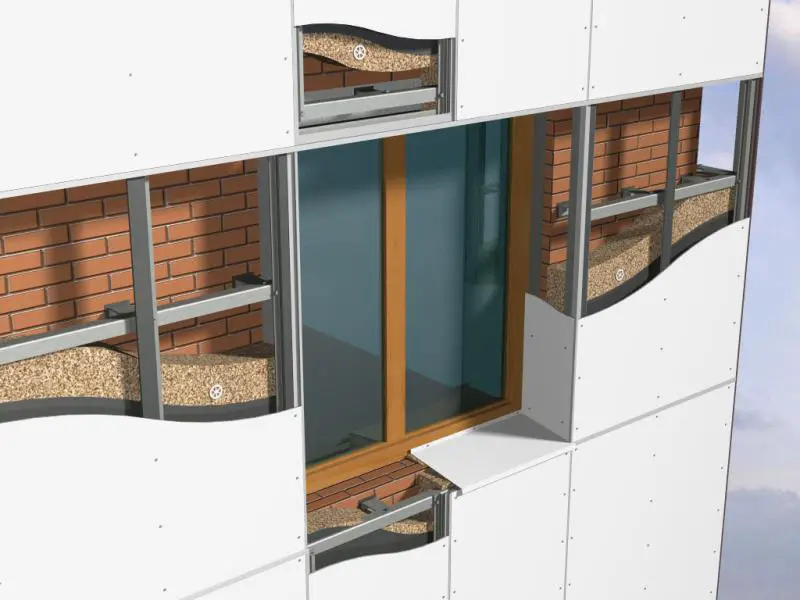There can be your advertisement
300x150
Pipe Insulation
Pipe insulation is a very important component of any engineering system. It serves several purposes, briefly listed below:
Pipe insulation is a very important component of any engineering system. It serves several purposes, briefly listed below:
Pipe insulation is a very important component of any engineering system. It serves several purposes, briefly listed below:
- Protection against condensation formation on cold pipes;
- Protection against heat loss on pipes with heated heat transfer fluid;
- Protection against burns and injuries on industrial pipelines transporting various technical liquids (e.g., oil) heated to several hundred degrees;
- Sound insulation, especially in air ducts;
- Protection against fire hazards to adjacent structures, particularly when pipes carry steam or combustion byproducts.
As we can see, there are many benefits. Let’s now examine the methods of insulation application in each specific case. First, let’s review the common types of thermal insulation materials for pipes:

- Cylinders (also known as "sleeves") – pipe sections from 1 to 3 meters long, made entirely from thermal insulation material (PE, rubber, or fiberglass) with varying wall thickness.
- Sheet materials, typically 1 m or 1.2 m wide, used for wrapping on large-diameter pipes.
Insulation of Water Supply Pipes in Apartments and Private Homes
The most common case – pipes are present in every home and apartment. Here, water temperatures are low, so the requirements for insulation materials are relatively mild. You can use PE foam sleeves, rubber cylinders, or small-diameter mineral wool and fiberglass sleeves.
The most popular insulation cylinder diameters for residential use range from 12 to 32 mm. Cold pipes can be insulated with the cheapest PE foam, while hot pipes are best protected with rubber or mineral wool insulation. This is because PE foam has a maximum operating temperature of 70°C; above this threshold, it begins to melt and deform, which is unacceptable for pipe insulation. Thus, PE foam is suitable for protecting cold pipes from condensation, but not for retaining heat in hot pipes.
Special note on heating pipe insulation – rubber-based insulation has almost no competitors in this area. In terms of cost-to-performance ratio, rubber insulation outperforms both PE-based materials and mineral wool. Additionally, rubber insulation offers a neat appearance and, in some cases, does not require additional finishing.
Pay attention to the wall thickness of these cylinders – it ranges from 3 to 20 mm. The thicker the wall, the higher the insulation performance and lower the heat loss. With long heating system pipelines, heat loss can reach up to 50% of the initial heat transfer fluid temperature exiting the boiler.
Insulation of Industrial Engineering Networks
Industrial engineering networks differ from residential ones primarily in pipe diameter and length. On large facilities like oil extraction plants, total pipeline length may reach dozens of kilometers, with pipe diameters ranging from 45 to 640 mm. This significantly impacts both insulation type and installation method.
First, always consider the temperature of the fluid inside the pipe. Below are the upper operating temperature limits for various thermal insulation materials used in pipe protection:
- Expanded cross-linked polyethylene – up to 70°C;
- Rubber insulation – up to 125°C;
- Fiberglass sleeves and mats – up to 250°C;
- Stitched basalt mats – up to 400°C.
Therefore, the insulation type must match the actual fluid temperature inside the pipe. For large-diameter pipes, cylinder installation becomes inconvenient, so sheet insulation is more commonly used. This type of insulation comes in rolls approximately 1 m x 4 m (or larger), ideal for wrapping around pipes and securing with aluminum tape, fiberglass cloth, or special clamping straps.
When installing on pipelines, fibrous materials tend to compact. Therefore, pay attention to the installation compaction factor – the lower the value, the better. For example, a compaction factor of 2 means the material will compress to half its original thickness. The best materials on the market have a compaction factor of 1.05 – these are crimped fiberglass mats.
To improve maintenance and aesthetics, many mineral wool mats are faced (coated) on the outer side with an aluminum foil layer reinforced with glass mesh. These products are finished and require no further protection or finishing.
Insulation of Ventilation and Duct Systems
Ventilation and air conditioning systems use either round pipes or rectangular metal ducts. The principle remains the same: air moving through metal ducts generates significant noise. The main goal of duct insulation is to dampen air vibration. This is achieved by installing specialized fibrous mats wrapped around pipes or ducts.
The fibrous structure of the mat acts as a sound wave damper. Since main ducts typically run directly under ceilings in commercial buildings (shopping centers, offices, etc.), acoustic mats are also covered with aluminum foil to prevent mineral fiber from entering occupied spaces.
When passing through a right-angle turn in rectangular ducts, fibrous material tends to compact excessively, which over time may lead to material failure due to constant vibration. Therefore, the Central Institute of Design for Industrial Buildings (ЦНИИПРОМЗданий) recommends using mats with the minimum compaction factor in such systems.







